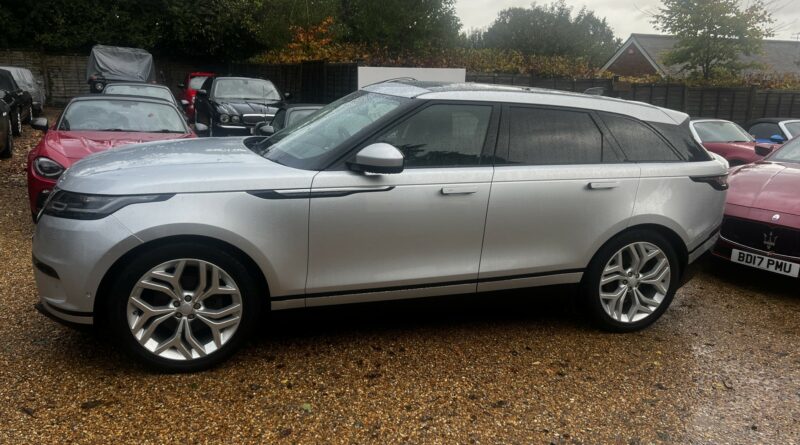Guide to a Used Range Rover Pre Purchase Inspection
Range rover complexity of these suv’s and the potential for hidden issues, conducting a thorough pre purchase inspection before the purchase is essential. . However, given the complexity of these vehicles and the potential for hidden issues, conducting a thorough inspection before finalizing the purchase is essential. Here’s a comprehensive guide to help you navigate the process of inspecting a used Range Rover SUV to ensure you’re making a wise investment. Land rovers range rover SUV’s or other people refer to 4×4’s are one of the most unreliable vehicles in the UK, but still fits in luxury vehicle bracket and maintenance costs are significant so as to keep them going and in good condition. See also What to expect when buying a car privately.
1. Exterior Condition: Begin by examining the exterior of the vehicle. Check for any signs of rust, paint discoloration, or uneven panel gaps, which could indicate previous repairs. Inspect the tires for wear and ensure they have even tread. Look for any dents or scratches that might need attention.
2. Interior Examination: Step inside the vehicle and assess the interior condition. Check the seats, dashboard, and upholstery for signs of wear, tears, or stains. Verify that all electronic components, including the infotainment system, climate controls, and power accessories, are functioning as they should.
3. Under the Hood: Pop the hood and inspect the engine bay. Look for any oil leaks, loose belts, or corrosion. Ensure that the engine starts smoothly and listen for any unusual noises. Check the fluid levels, including oil, coolant, and brake fluid, and assess their clarity.
4. Suspension and Brakes: Evaluate the suspension by pressing down on each corner of the vehicle. It should bounce back smoothly without excessive bouncing. Test the brakes during a test drive to ensure they provide responsive stopping power without any vibrations or noises.
5. Test Drive: Take the Range Rover for a test drive on various road surfaces. Listen for any unusual noises, rattles, or vibrations. Pay attention to how the vehicle handles, accelerates, and brakes. Test the functionality of the four-wheel-drive system if applicable.
6. Electrical and Electronics: Test all electronic features, including headlights, taillights, turn signals, air conditioning, heating, and entertainment systems. Check the operation of power windows, mirrors, and seats. See video what happens to old range rovers.
7. Vehicle History Check: Obtain the vehicle identification number (VIN) and perform a vehicle history check using online platforms. This can reveal important information about the vehicle’s past, including accidents, title issues, and mileage discrepancies.
8. Comprehensive Inspection: Consider having the vehicle inspected by a qualified technician from CarExamer who specializes in Range Rover vehicles. They can provide a more in-depth assessment of the vehicle’s mechanical and structural condition, identifying any potential issues that might not be immediately apparent.
9. Service Records: Review the vehicle’s service records to ensure that it has been properly maintained. Regular maintenance is crucial for the longevity and performance of a Range Rover. Consider main dealer or specialist only service history. When and why service your car. You would also want to read where to find car service history.
Purchasing a used Range Rover SUV requires careful consideration and due diligence. By following these steps and conducting a comprehensive inspection, you can make an informed decision and enjoy the benefits of owning a luxury SUV that meets your expectations and delivers a reliable driving experience. Buying a used VW. Buying used vauxhall, BMW, Jaguar, Ford, Volvo, Aston martin, Bentley.

